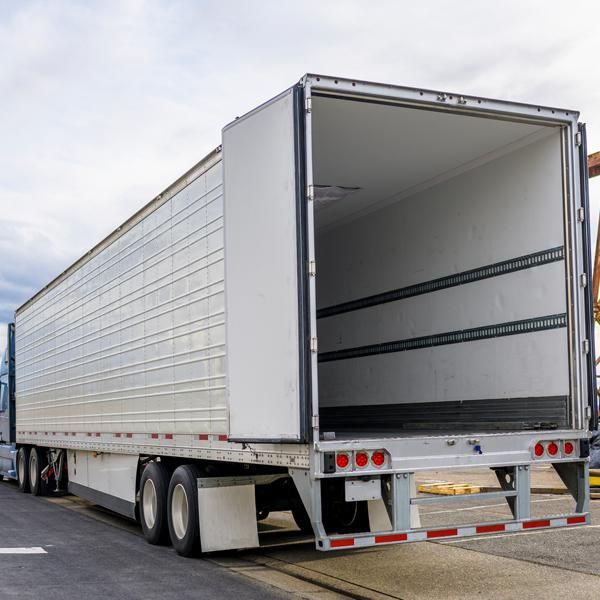Deadhead Miles Strain Efficiency, Fill Empty Miles with the Right Match

Empty miles, also known as backhaul or deadhead miles, place a serious strain on for-hire fleet efficiency, accruing operational costs without a direct customer revenue offset. The American Transportation Research Institute's (ATRI's) Analysis of the Operational Costs of Trucking: 2021 Update reported that deadhead miles represented 20.6% of miles among all carriers in 2020 and 26% among private fleets.
ATRI reported that deadhead miles are more common among private fleets. Private fleets primarily move goods one way, from manufacturers to retailers, especially when rapid product movement makes the swift return of power units more valuable than procuring backhauls for those units. ATRI also reported that private fleets are further constrained by the need to place product movement over optimization, and 81% of private fleet trips operated at less than full capacity in 2020.
The National Private Truck Council (NTPC) also evaluated backhaul opportunities as part of its 2021 Benchmarking Survey Report, which was sponsored by Penske. NPTC reported that private fleet managers continue to improve productivity by incorporating backhaul strategies to reduce the number of nonproductive empty miles.
NPTC reported that filling empty miles appears to have entered a new phase. "The decline of the long-haul, over-the-road operations eliminates the allure of some backhaul freight. Plus, more private fleets appear to be controlling their outbound freight movements by reducing the length of haul (and increasing stops) and using their fleet as control over capacity shortages, service failures and higher rates presented by for-hire carriers," according to the 2021 Benchmarking Survey Report.
Most fleets say they are looking for backhauls only if they fit into their existing operations that don't affect their drivers, NPTC reported.
Finding the right backhaul opportunity requires intense coordination because the timing must match at every step of the delivery process. Carriers need to find backhauls that fit within their schedule. They also have to find products that work within their trailers.
Complicating matters is that finding the perfect match involves many moving targets. Any disruption in the primary delivery, such as a traffic or weather delay, can alter the availability of a pickup and disrupt the scheduled backhaul. The backhaul also must move as planned without causing substantial out-of-route miles or delays.
Current capacity constraint and the worsening driver shortage makes finding the right backhaul even more important. Filling empty miles maximizes asset use, increases revenue and improves sustainability.
Penske Logistics can use its ClearChain® software to help customers find the right backhaul opportunities and has created applications within ClearChain that facilitate backhaul load processing. These applications show lanes with available capacity and the status and specifications of vehicles within those lanes.
Real-time visibility gives Penske more time to find and book the right load. Then, once the backhaul load is locked in, this visibility provides constant insight into any availability changes. That allows Penske's team to react quickly when necessary, correct the course, and minimize the chances of returning a load.
Penske's team monitors a detailed dashboard that outlines drivers' current estimated arrival times and actual times when working with backhauls. The technology streamlines the time-consuming and inefficient process of combing through a list of shippers and calling them to learn the direction in which freight is traveling.
The experts at Penske Logistics will work with you to find the perfect match, increase your customer service and make seamless and efficient deliveries.
